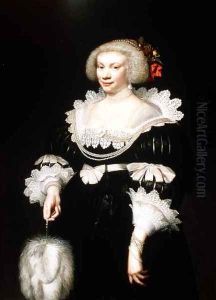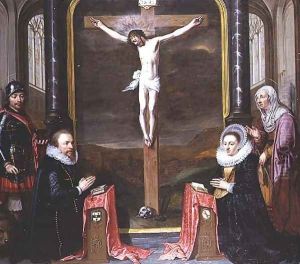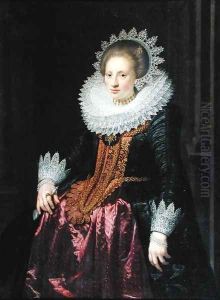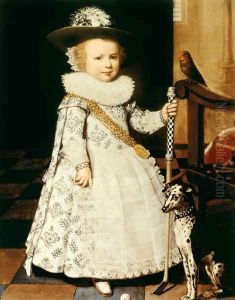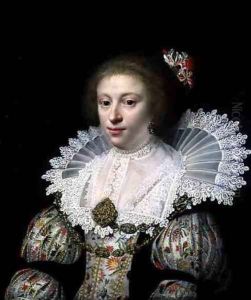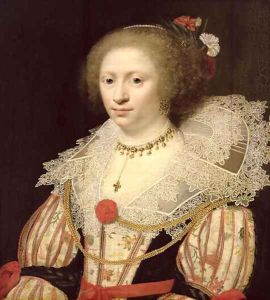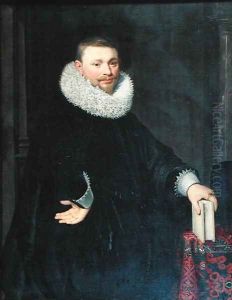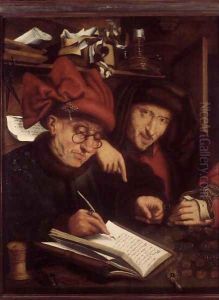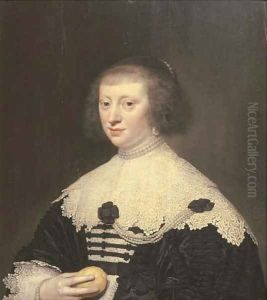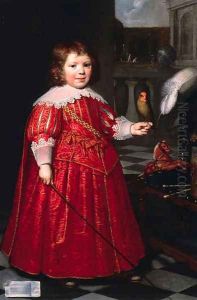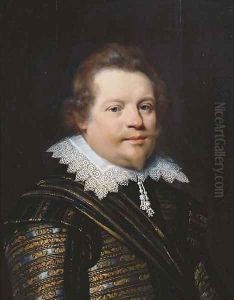Jan Anthonisz. van Ravestyn Paintings
Jan Anthonisz. van Ravesteyn was a Dutch portrait painter who was active in the early 17th century, during the Dutch Golden Age. He was born in The Hague around 1572. Not much is known about his early life or training, but it is assumed that he may have been a pupil of Anthonie Blocklandt van Montfoort, who also resided in The Hague.
Van Ravesteyn's career flourished in The Hague, where he became a leading portraitist. He was known for his sophisticated style and his ability to capture the likeness and character of his sitters. His portraits often featured individuals from the court of the Prince of Orange, and he painted many prominent figures of Dutch society, including military men, statesmen, and members of the aristocracy.
The artist's work is characterized by its attention to detail, particularly in the depiction of fabrics and lace, which was a trademark of the high-status individuals he often painted. Van Ravesteyn's color palette was typically subdued, with an emphasis on blacks, whites, and grays, which helped to highlight the intricate details of his subjects' attire and the delicate features of their faces.
Jan Anthonisz. van Ravesteyn was a contemporary of other notable Dutch portrait painters such as Michiel Jansz. van Mierevelt and Frans Hals. However, his style remained distinct and did not follow the looser brushwork that became popular among some of his contemporaries. His approach to portraiture was more conservative and aligned with the traditions of late 16th-century portraiture.
Throughout his career, van Ravesteyn contributed to the development of portrait painting in the Northern Netherlands. He was also a member of the Guild of Saint Luke in The Hague and held the position of deacon on several occasions.
Jan Anthonisz. van Ravesteyn died in 1657 in The Hague. Today, his work is held in numerous collections and museums, and he is recognized as an important figure in Dutch portraiture. His legacy continues to be appreciated for the elegance and meticulousness of his portraits, which provide a window into the society and culture of his time.
